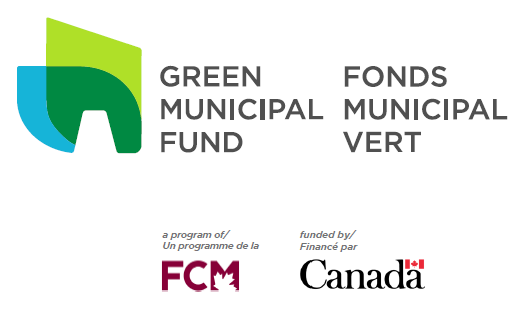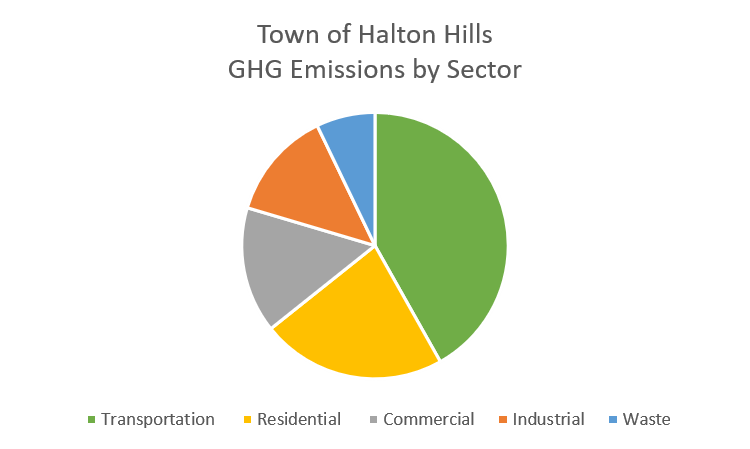Want to enjoy a more comfortable and climate-friendly home? A home energy retrofit is one of the most effective actions you can take to reduce climate changing emissions.
There are plenty of additional benefits to homeowners:
-
Installing high efficiency heating and cooling equipment can reduce your energy use which means lower energy bills.
-
Adding proper insulation and ventilation to your home can reduce drafts and dampness making your home more comfortable during any season.
-
Adding insulation and high efficiency windows can reduce noise transfer and make your home a quieter place to live.
-
Increasing demand for retrofits will support the home energy retrofit industry and will create more local jobs.
-
And of course – home energy retrofits help reduce your carbon footprint which is a good thing for our environment.
Subscribe to this page to stay informed about the various funding opportunities available to support home energy retrofits.
Learn more about current retrofit financing opportunities available to Ontario homeowners:
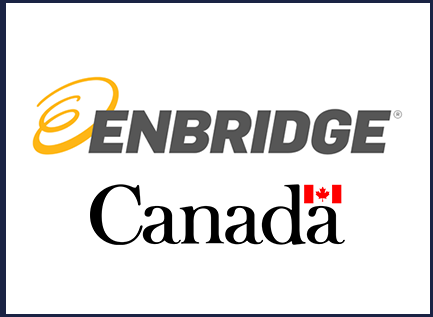
Rebate
Get money back on retrofits to improve the energy efficiency of your home with this new program launched in Ontario in 2025.

Loan
Interest-free loan of up to $40,000 to make your home more energy-efficient.

Rebate
Qualifying homeowners can receive an up-front payment of up to $10,000 to switch from oil heating to new, energy efficient heat pumps
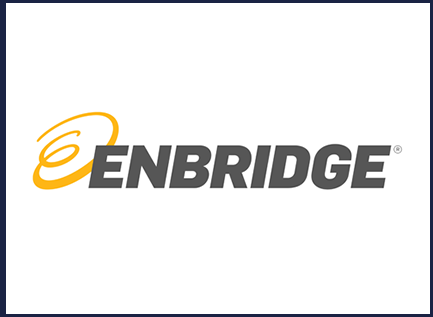
Free Program
Income qualifying homeowners can receive free energy upgrades to improve the energy efficiency of your home. Available to Enbridge Gas customers only.
Additional support: If you are a customer of an electricity utility and in a lower-income home, you may qualify for a reduction on your electricity bill. Visit the following programs for more details:
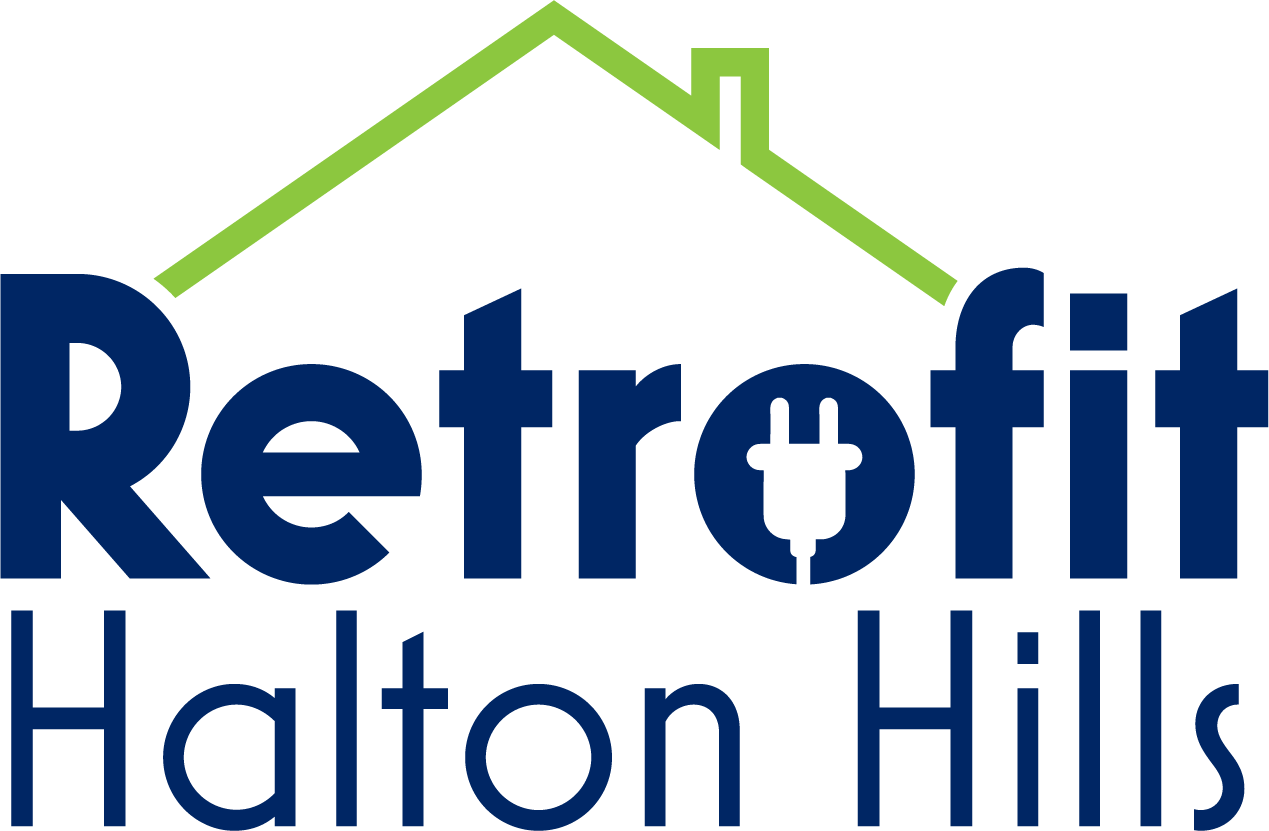 The Retrofit pilot program was launched in April 2022 to advance the Town's climate change goals by providing access to interest-free financing for energy retrofits to homeowners in Halton Hills. This project was carried out with assistance from the Green Municipal Fund, a fund financed by the Government of Canada and administered by the Federation of Canadian Municipalities.
The Retrofit pilot program was launched in April 2022 to advance the Town's climate change goals by providing access to interest-free financing for energy retrofits to homeowners in Halton Hills. This project was carried out with assistance from the Green Municipal Fund, a fund financed by the Government of Canada and administered by the Federation of Canadian Municipalities.
The RetrofitHH pilot program is now closed, and a new Greener Homes Halton Hills project will launch in Fall 2025.
For more information about the Pilot Program results and the forthcoming project, visit our Let’s Talk Page.
Resources |
| Learn more about retrofits and renewable energy through the following resources: |
Selecting a Contractor |
|
Town staff are not able to recommend a contractor or provide a list of contractors. The following sources may be able to help you when selecting a contractor: Recommendations from family, friends and neighboursAn endorsement from someone you know and trust can help you make your decision. Consider a local companyLook for a company with an established business history in your community. Your local hardware store may be able to provide you with trusted local contractors. The Halton Hills Chamber of Commerce maintains a directory of member businesses. The following resources can also help you select a contractor:
|
Background |
Buildings play an important role in the climate solutionWhen it comes to ‘green buildings,’ attention is typically paid to new construction as it is comparatively easier to incorporate energy efficiency measures during building and the design stage. Although more complex, retrofitting existing buildings also represents a significant opportunity to reduce energy use, costs, and associated GHG emissions. Buildings (residential and commercial) can often account for over half of a municipality’s GHG emissions. So, in order to achieve GHG reduction targets in a municipality, it is necessary to address energy use within the existing building stock and find innovative approaches to finance retrofits. There are approximately 18,000 privately occupied low-rise dwelling units in Halton Hills, representing a significant opportunity to reduce emissions and energy costs for residents. The residential sector (at 22%) is the second largest source of the Town’s greenhouse gas (GHG) emissions.
In support of Town Council’s Climate Emergency Declaration and the resulting net-zero by 2030 target, the Town has developed a home energy retrofit program to provide access to low-interest financing for energy retrofits to homeowners in Halton Hills. |
Reports |
|
Local Improvement Charge (LIC) Disclosure |
By-law No. 2021-0056A By-law to authorize the undertaking of energy efficiency, renewable energy, and water conservation works on private residential property as local improvements under the Halton Hills Residential Energy Retrofit Pilot Program (Retrofit Halton Hills Pilot Program). List of PropertiesSpecial charges authorized under the Retrofit Halton Hills Pilot Program have been imposed on the following properties:
Visit the By-law Module page to access any Retrofit Halton Hills Program by-laws. To filter by Retrofit Program by-laws only, select Retrofit Program in the Category drop down when searching the By-law Module. |
